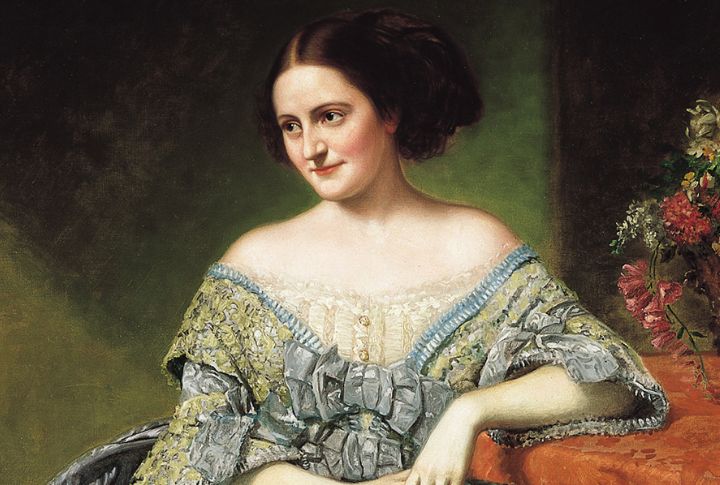
No Southern belle ever floated through a ballroom without shadows at her heels. Beneath the pearls and parasols lived stories polished clean by tradition, buried deep by design. This isn’t nostalgia. It’s a look at what the “belle” actually stood for. It’s about what that image hid and who it left out.
The Performance Of Innocence Was Never Harmless
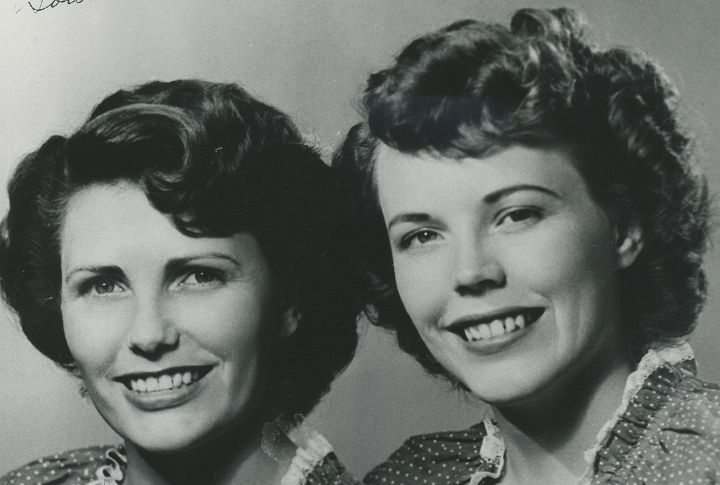
Curtsies didn’t cancel out harm. Southern belles were trained to project innocence, but this persona obscured their role in sustaining slavery. Historian Thavolia Glymph points out their use of ‘benevolent control’ to discipline and moralize. Innocence wasn’t passive. It was weaponized and rewarded by white society.
Beneath The Petticoats Were Layers Of Power

Marriage contracts, inheritance rights, and social alliances placed many belles at the center of family empires. Their influence stretched beyond parlors into courtrooms and land disputes. Historian Catherine Clinton’s research shows how their soft power upheld plantation hierarchies. Petticoats concealed more than legs—they hid authority.
Plantation Wealth Was Not A Distant Concern
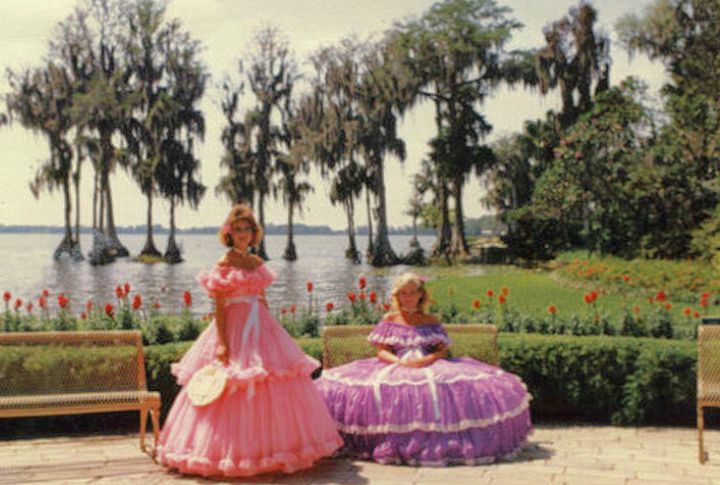
Every fan flutter and diamond clasp had a price paid by others. In 1860, 60% of the South’s wealth was tied to forced labor. Enslaved people built the riches that funded debutante balls. This wasn’t inherited splendor; it was extracted labor dressed up in lace.
White Womanhood Became A Weapon

The myth of white female fragility did more than protect; it destroyed. A white woman’s accusation incited the 1921 Tulsa Massacre. Emmett Till’s demise echoed the same pattern. Scholar Danielle McGuire calls this “the racialization of sexual fear.” Her tears could summon terror.
Enslaved Women Were Erased From The Picture

Mammy never made it onto the family crest. Black women raised white children, endured sexual violence, and built homes they couldn’t claim. Yet their stories were systematically excluded from Southern lore. You won’t find them in scrapbooks, but their fingerprints are on every polished floorboard.
The Cult Of The Lost Cause Needed A Mascot
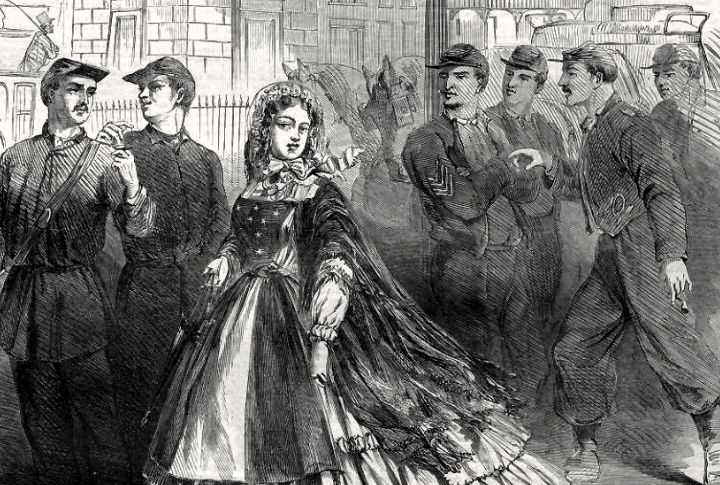
After 1865, the South needed a heroine to soften the blow of its defeat. The belle became a symbol of honor and dignity, whitewashing the brutality of the past. Statues and passages in textbooks or church bulletins cast her as a saintly figure. She wasn’t mourning the loss of freedom; she was mourning the loss of power.
Hollywood Polished The Lie

In 1939, Scarlett O’Hara stepped onto screens with a twirl and a lie. “Gone with the Wind” swept reality under velvet drapes, recasting oppression as elegance. Scholar Patricia Turner refers to it as “a nostalgic erasure.” The belle became America’s sweetheart while slavery faded into cinematic fog.
Charm School Was A Training Ground For Control
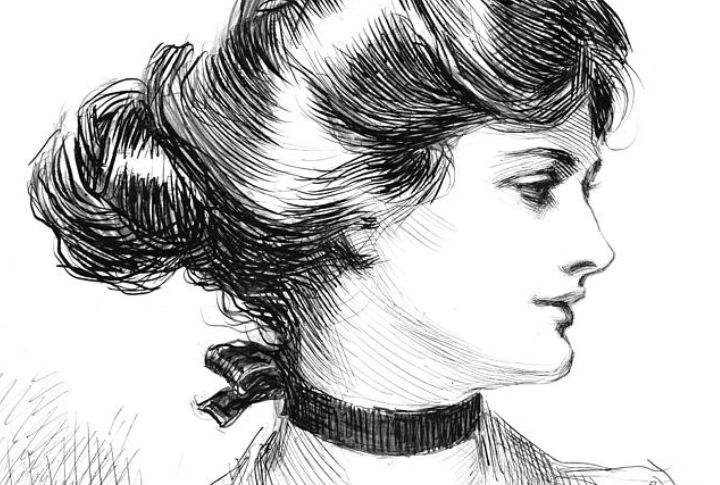
Girls didn’t just learn to walk with books on their heads. They memorized how to flatter and redirect. Etiquette manuals of the 1910s advised young women to “never contradict a gentleman publicly.” These schools shaped soft enforcers of a rigid social order, polished into compliance.
The Belle Knew Her Silence Was Loud
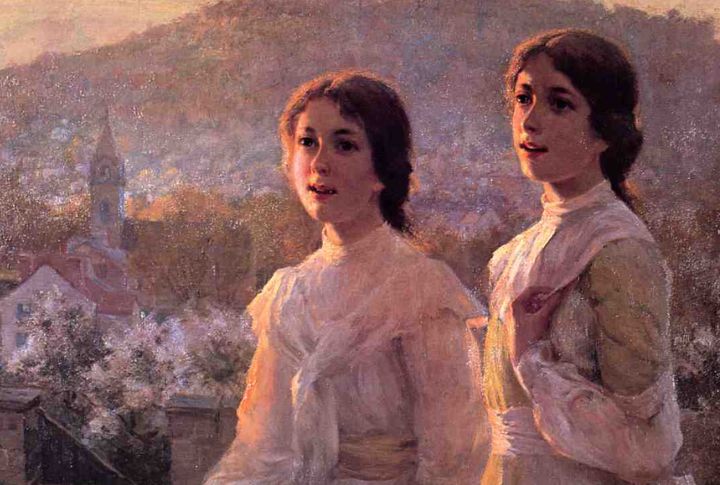
Not just during lynchings but also at segregation rulings and school closings, many white Southern women stood nearby and said nothing. That silence wasn’t innocent. Historian Elizabeth Gillespie McRae states that white women were “political actors through non-action.” Averted eyes carried just as much weight as pointed fingers.
Today’s Nostalgia Still Carries The Echo
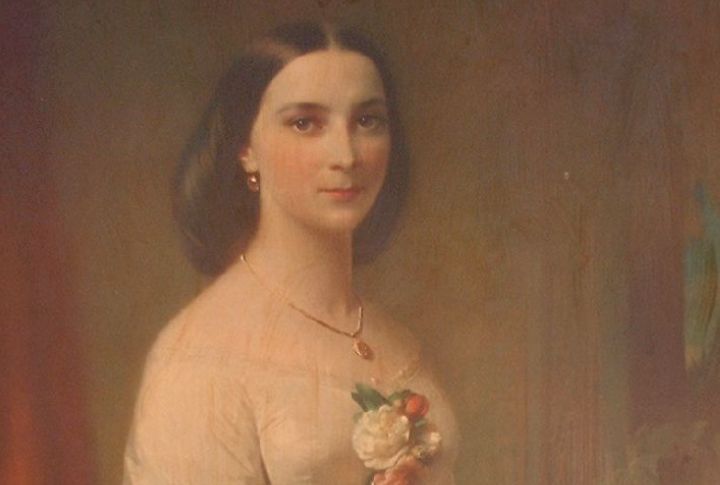
Bridal shoots at plantations, Southern-inspired sorority branding, and even “belle” in boutique names all echo an unexamined past. The romanticization continues, detached from context. This legacy lingers not in textbooks but in monograms and menus. The costume survived, but the truth remains, waiting to be named.

